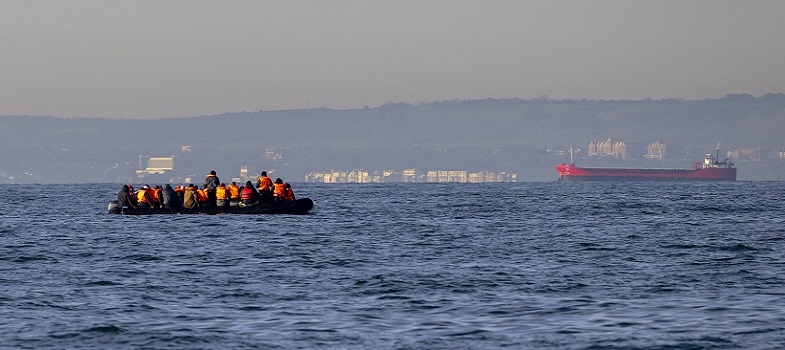2.1 Introduction to international law and the law of the sea
Historically, the seas have been fundamental to human life, for travel, and for the resources contained within the water or in the ground beneath. The use of the oceans by people requires that we have laws which govern them. In this section, the law of the sea will be briefly introduced. The international law of the sea is one of the oldest categories of what is called ‘public international law’. In order to understand the law of the sea, it is important to first understand what public international law means.
Public international law
Public international law – commonly referred to as simply ‘international law’ – guides the relationship between states. It is distinct from private international law which regulates private relations between, for example, persons, companies, or other organisations across different legal jurisdictions.
States have, what we refer to as, ‘sovereignty’, which means that they have the capacity to make law within their jurisdiction. States are also able to enter into relations with other states. It is public international law which regulates the interactions between states. As these interactions are numerous, international law covers a wide range of different fields, of which the law of the sea is one branch, and human rights law is another (there are many more).
Public international law consists of three different sources of law. These include:
- Treaties – a treaty is an agreement between states, intended to create legal rights and duties, which is in writing and is governed by international law. Conventions are treaties, but the term ‘convention’ is used nowadays for multilateral treaties with a number of parties (rather than, for example, a treaty between two states). Treaties are created by states and binding only on those states that become party.
- Customary international law (CIL) – this is less concrete than treaties. It refers to unwritten customs existing between states that have developed over time and are now recognised as part of international law. CIL is binding on all states and is recognised through state practice and what is referred to as opinio juris: states must be shown to believe they are acting in accordance with international law. Sometimes CIL is codified into treaties.
- General principles of law – these are principles of law that can provide a source of law where there is no guidance from treaty law, or customary international law. For example, a general principle of international law is that states act in good faith in the performance of their obligations.
Public international law is different from domestic law where the law is enforced by the state. For example, in criminal law, the police, the public prosecutor, and the courts enforce the law. Society expects that those who have committed crimes are punished.
In international law, it is states who create the law, and they are considered to be equal partners in doing so. They choose to comply with the law. Their choice in complying with international law does not lead to criminal punishment in the sense known in domestic law, but it can impact on their relations with other states and, for example, lead to sanctions.
2. Searching for and rescuing lives at sea – what does it mean?
